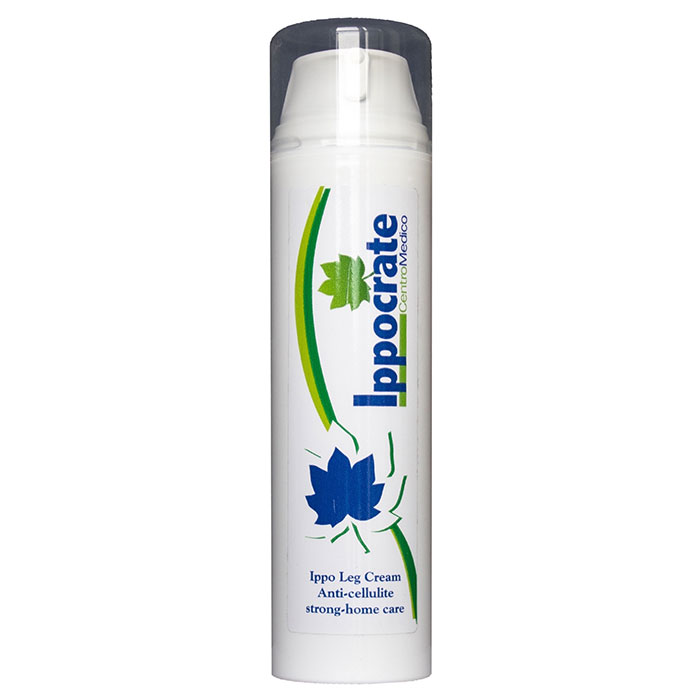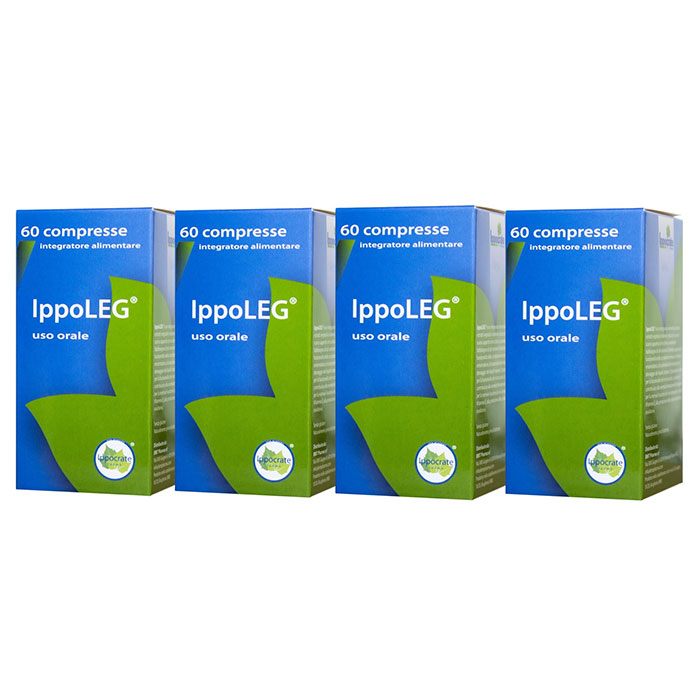Description
Venous circulation, as described in our brochures, on our website and on YouTube ) is one of the pillars of the body’s well-being, as it leads to the heart waste blood, which is rich in waste. This leads in all cases to an increase in “local toxicity”, with an increase in free radicals, cellular oxidation and inflammation, first in the limbs and then systemically. Many natural products today make it possible to improve this state of chronic “endogenous intoxication”.
Description
The pack contains 30 white tablets and 30 blue tablets.
MILD CASES – maintenance therapy:
A white tablet MONDAY WEDNESDAY FRIDAY
One blue tablet TUESDAY THURSDAY SATURDAY On Sunday
THE TABLET MUST BE TAKEN BEFORE THE MIDDAY MEAL or before breakfast in the morning
The therapy must be done throughout the year, with a 10-day interruption at the end of each cycle of 60 tablets, therefore they are
4 packs / year
SEVERE CASES – two-week attack therapy
One white tablet in the morning before breakfast
A blue tablet before lunch
Then move on to maintenance therapy.
FEATURES
BROMELAIN
Bromelain is an enzyme present in the juice and, above all, in the stem of the pineapple. Bromelain is believed to help fight the pain and swelling associated with inflammation. For this reason its intake is proposed to reduce inflammation, slow down clotting, fight arthritis and other rheumatic disorders. It is also sometimes recommended to relax the muscles, stimulate their contraction or prevent soreness after physical activity. Bromelain “hijacks” this synthesis, increasing the production of prostaglandins with anti-inflammatory activity at the expense of those with pro-inflammatory activity. thus avoiding the gastrointestinal damage typical of NSAIDs [1]. Other natural activities of bromelain include antithrombotic action, hypotensive activity and the ability to solubilize atherosclerotic plaques. Its synergistic capacity in antibiotic and anticancer therapies is known.
Bibliography: Therapeutic uses of pineapple-extracted bromelain in surgical care – A review Zehra Abdul Muhammad 1, Tashfeen Ahmad 1
MELILOT (melilotus officinalis – plant of the Leguminosae family)
The sweet clover does not act directly on blood coagulation, but carries out its action at the level of the venous walls, increasing their tone and reducing capillary permeability (similescin action), therefore anti-edema. [taken from Dictionary of Phytotherapy and Medicinal Plants, by E. Campanini] It therefore has an effect against cellulite, varicose veins, capillaries and water retention in general, favoring lymphatic drainage in a marked way. The chemical components that characterize the phytocomplex act in synergy, also carrying out healing activities: for this reason, the extract is also used to promote the healing of wounds (stasis ulcers)
Recent studies have also observed an antirheumatic activity – albeit mild – associated with sweet clover and as described in the literature it has properties of stabilization of the cell membrane of red blood cells, thus offering better oxygenation of the tissues. phlogistics) and in the treatment of capillary fragility: these activities are made by the improvement of venous return and lymphatic circulation, as well as by the decrease in the permeability of the vessel wall (anti-inflammatory and anti-edematous virtues).
For all the potentialities just described, sweet clover finds application in the treatment of hemorrhoids, varicose veins, lymphatic stasis, ulcers of the lower limbs and thrombophlebitis.
CHESTNUT (Castanea sativa)
The real novelty of the synergy of chestnut with the other phytocompounds of Ippoleg ® place it as a unique supplement of its kind.
As Rodrigues writes in the work below, it is able to reduce adiposities (accumulations of fat) in guinea pigs.
Various parts of the plant, especially the buds, have effective draining properties of the lymphatic system. This is why they can be used extremely effectively in case of cellulite, slow lymphatic circulation, heaviness of the limbs and
edema, in fact the constant action of the force of gravity on the venous system always involves a lymphatic accumulation which through the deposit of mucopolysaccharides and other waste substances, determine the orange peel skin, or that painful symptomatology so frequent soporific in women, both in childbearing age, but especially in the pre and post menopausal phase.
Not only that, it also represents a new hope against resistant bacteria
In fact, some researchers from Emory University have found that it is able to make bacteria harmless. Much better than traditional drugs seem to be able to do today. ‘We have identified a family of compounds in this plant that have a very interesting medicinal mechanism,’ explains Dr Cassandra Quave – rather than killing staph, this botanical extract works by taking the staph’s weapons off, essentially blocking the bacteria’s ability to create toxins that cause tissue damage “; this is particularly useful in counteracting signs and symptoms often attributed to impaired circulation, when instead they are favored by excessive bacterial activity, even if not infectious.
BIBLIOGRAPHY:
Dietary Supplementation with Chestnut (Castanea sativa) Reduces Abdominal Adiposity in FVB / n Mice: A Preliminary Study Pedro Rodrigues 1, Tiago Ferreira 1, Elisabete Nascimento-Gonçalves 1, Fernanda Seixas 2, Rui Miguel Gil da Costa 1 3 4 5, Tânia Martins 1 , Maria João Neuparth 6 7, Maria João Pires 1, Germano Lanzarin 1, Luís Félix 1 8, Carlos Venâncio 1 9, Isabel CFR Ferreira 10, Margarida MSM Bastos 3, Rui Medeiros 11 12, Isabel Gaivão 13, Eduardo Rosa 1, Paula At Oliveira 1
Leaves and Spiny Burs of Castanea Sativa from an Experimental Chestnut Grove: Metabolomic Analysis and Anti-Neuroinflammatory Activity
Ilaria Chiocchio 1, Cecilia Prata 1, Manuela Mandrone 1, Fortuna Ricciardiello 2, Pasquale Marrazzo 2, Paola Tomasi 1, Cristina Angeloni 3, Diana Fiorentini 1, Marco Malaguti 2, Ferruccio Poli 1, Silvana Hrelia 2
DIOSMINE
Diosmin is a semisynthetic molecule (modified starting from the hesperidin molecule), belonging to the flavonoid family. It is a phlebotropic drug used as a vasoprotective in all those pathologies in which there is a deficit of the structures of the blood vessels, for example in chronic venous insufficiency, in acute and chronic hemorrhoidal disease and as adjuvant therapy after hemorrhoidectomy or venous surgery.
However, studies carried out on diabetic rats have shown that diosmin is also effective in treating hyperglycemia, while it has also been hypothesized that it may have a role in the treatment of some neurodegenerative diseases, such as Alzheimer’s disease, and its anti-inflammatory activity is has been demonstrated in neuronal cells, in vitro. The preponderant effect of diosmin, however, is to create an environment with a low level of inflammation, offering a ground where each cell can better live in a less “toxic” environment. This effect is especially evident in the venous system, the true “carrier” of every cellular waste product that is transferred to the heart.
Just as good body health starts from an efficient venous system, so the constant use of diosmin helps to strengthen our therapies (sclerotherapy, surgery or other on the venous system)
HORSE CHESTNUT
Horse chestnut as used in herbal medicine has the ability to reduce the permeability of capillaries, has an anti-inflammatory effect, improves lymphatic drainage and increases venous pressure.
Horse chestnut extracts have properties that make this remedy useful in the treatment of chronic venous insufficiency, with particular reference to what happens in the lower limbs. With horse chestnut you can relieve edema, pain, itching and a sense of tension or fatigue in the legs.
Horse chestnut also has anti-inflammatory, anti-edematous and anti-exudative properties. As a natural remedy, it is recommended for those suffering from varicose veins and also helps reduce the destruction of vitamin C. Horse chestnut-based remedies increase the strength and elasticity of the capillaries.
VITAMIN C
For a long time the study of the properties of vitamin C was limited by its preventive action against scurvy. Studies conducted after World War II have shown that to prevent the onset of the disease it is necessary to take a very low dose of the compound, from 5 to 10 mg per day, while for doses above 60 mg it begins its excretion with the urine, accompanied by the elimination of the products of vitamin catabolism. From these observations were born the first indications relating to the Recommended Daily Dose equal, in fact, to 60 mg.
Vitamin C is also needed to protect cell membranes from damage caused by free radicals. Vitamin E actually takes care of blocking the processes of peroxidation of membrane lipids, but ascorbic acid plays a decisive role because by donating electrons it regenerates the active form of vitamin E, ready for a new cycle of reactions.
Vitamin C plays an important role in defending against bacterial infections. During an infection, neutrophils absorb and concentrate large amounts of vitamin C within them, reaching levels of 30 to 100 times those present in plasma. The neutrophils, thanks to the accumulated vitamin C, can resist the storm of free radicals and oxidants that produce and release against the invaders present, killing them. Again vitamin C works just like an antioxidant, protecting neutrophils from oxidative damage in the midst of their battle with microbes, a fierce and brutal chemical warfare.
Several studies, both on animal and human models, have investigated the potential of vitamin C in the prevention of diseases of the cardiovascular system. Prospective population studies have shown a possible reduction in cardiovascular risk due to high intake of vitamina C. A possible mechanism of action of the vitamin could be due to the reduction of the oxidative processes of LDL caused by free radicals, one of the events that leads to the formation of atherosclerotic plaque.
Some population studies have shown a possible protective effect, for high plasma levels of vitamin C, against stroke and other cerebrovascular events. Also in this case, the effect had an evident correlation with an abundant consumption of fruit and vegetables, making it difficult to establish the specific contribution of the single vitamin. Double-blind controlled studies, with the use of supplements, have instead shown no appreciable effects and require further investigation. Several studies have shown that a high intake of vitamin C leads to a reduction in blood pressure, thanks to a probable protective effect on the cells that make up the vessel wall and participate in the exchanges between the surrounding vessels and tissues.
VITAMIN E
The main functions of vitamin E
In our body, vitamin E acts as a powerful antioxidant, protecting against the damage produced by free radicals and food toxins, pollution, smoke and UV rays, which can damage the fatty acids present in cell membranes and cause degenerative diseases. In addition to protecting organs and tissues from cellular aging, its antioxidant action makes it valuable for treating numerous ailments.
Vitamin E protects vision
The high antioxidant power of vitamin E protects eyesight from damage caused by age, in particular from macular degeneration of the retina and the formation of cataracts.
Vitamin E is anti-inflammatory, antioxidant and immunostimulating
The anti-inflammatory and antioxidant action of vitamin E counteracts the formation of nitrosamines (carcinogenic substances that form in the stomach from nitrites present in food), protecting cells from tumor degeneration. It also strengthens the immune system.
Vitamin E prevents cardiovascular diseases
Taking vitamin E helps keep the blood fluid and the vessels clean, preventing the appearance of blood clots and atherosclerotic plaques that could cause venous thrombosis or heart problems, tones the capillaries and improves the elasticity of the blood vessels. It also reduces the formation of bad cholesterol (LDL), facilitates the transport of oxygen by red blood cells and regulates pressure, also increasing muscle strength and counteracting fatigue.
Vitamin E keeps the brain young
Vitamin E protects neurons from oxidative stress, delaying cognitive decline and preventing the onset of degenerative diseases such as Alzheimer’s Vitamin E and the skin Protects organic tissues from the degenerative action of free radicals, slows cell aging and it is a real cure-all for the skin, so much so that it is present in the formulation of many face creams. It is also an excellent adjuvant in dermatological therapies against acne and eczema, and accelerates the healing of cutaneous lesions, reducing the formation of scars.





